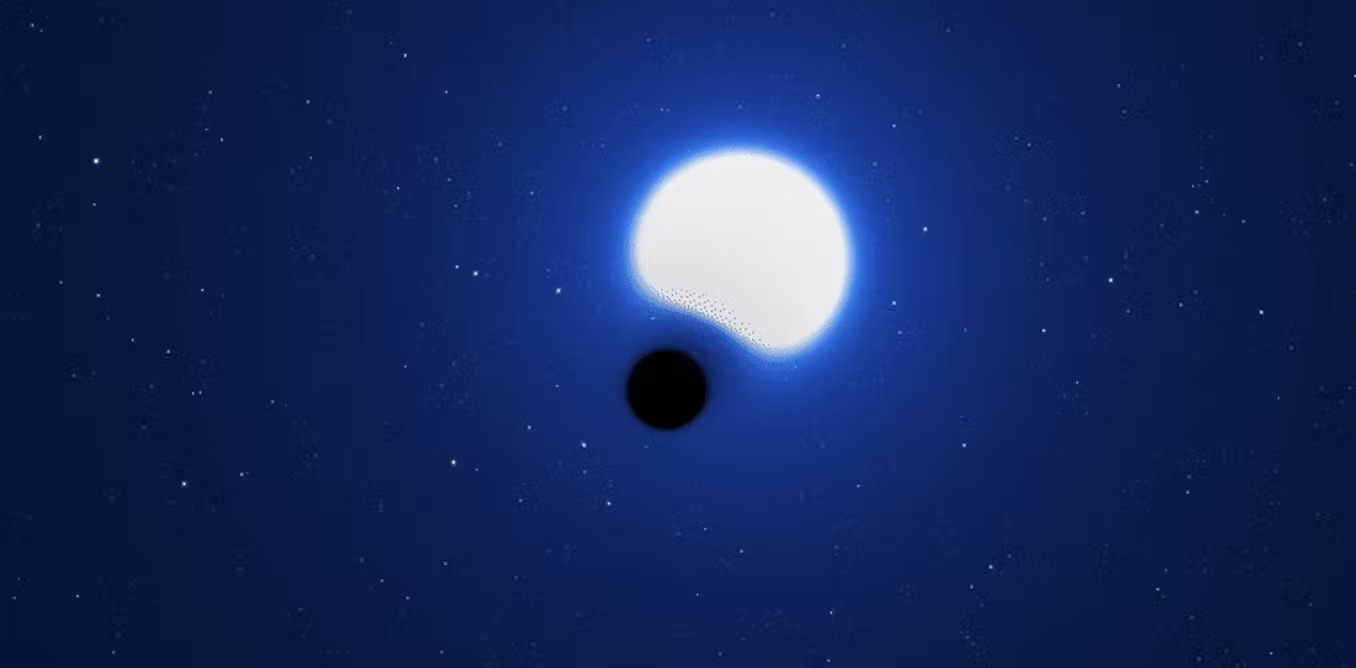
VFTS 243 is a binary system of a large, hot blue star and a black hole orbiting each other, as seen in this animation. ESO/L.Calçada, CC BY
–
Albert Einstein first published his book explaining the theory of general relativity – which postulated black holes – in 1922. One hundred years later, astronomers captured actual images of the black hole at the center of the Milky Way. In a recent paper, a team of astronomers describes another exciting new discovery: the first “dormant” black hole observed outside of the galaxy.
I am an astrophysicist who has studied black holes – the most dense objects in the universe – for nearly two decades. Dormant black holes are black holes that do not emit any detectable light. Thus, they are notoriously difficult to find. This new discovery is exciting because it provides insight into the formation and evolution of black holes. This information is vital for understanding gravitational waves as well as other astronomical events.
What exactly is VFTS 243?
VFTS 243 is a binary system, meaning it is composed of two objects that orbit a common center of mass. The first object is a very hot, blue star with 25 times the mass of the Sun, and the second a black hole nine times more massive than the Sun. VFTS 243 is located in the Tarantula Nebula within the Large Magellanic Cloud, a satellite galaxy of the Milky Way located about 163,000 light-years from Earth.
–
The black hole in VFTS 243 is considered dormant because it is not emitting any detectable radiation. This is in stark contrast to other binary systems in which strong X-rays are detected from the black hole.
The black hole has a diameter of around 33 miles (54 kilometers) and is dwarfed by the energetic star, which is some 200,000 times larger. Both rapidly rotate around a common center of mass. Even with the most powerful telescopes, visually the system appears to be a single blue dot.
Finding dormant black holes
Astronomers suspect there are hundreds of such binary systems with black holes that do not emit X-rays hiding in the Milky Way and the Large Magellanic Cloud. Black holes are most easily visible when they are stripping matter from a companion star, a process known as “feeding”.
Feeding produces a disk of gas and dust that surrounds the black hole. When the material in the disk falls inward toward the black hole, friction heats the accretion disk to millions of degrees. These hot disks of matter emit a tremendous amount of X-rays. The first black hole to be detected in this manner is the famed Cygnus X-1 system.
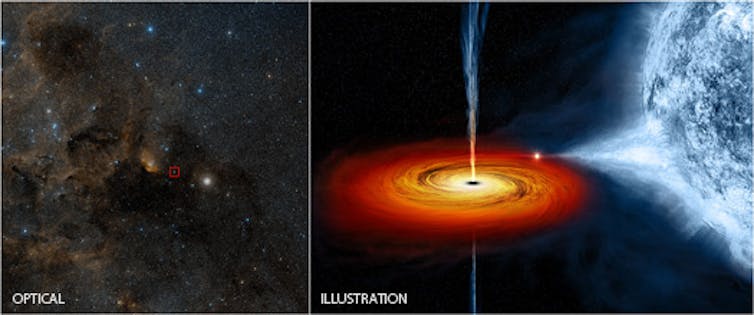
–
Astronomers have known for years that VFTS 243 is a binary system, but whether the system is a pair of stars or a dance between a single star and a black hole was unclear. To determine which was true, the team studying the binary used a technique called spectral disentangling. This technique separates the light from VFTS 243 into its constituent wavelengths, which is similar to what happens when white light enters a prism and the different colors are produced.
This analysis revealed that the light from VFTS 243 was from a single source, not two separate stars. With no detectable radiation emanating from the star’s companion, the only possible conclusion was that the second body within the binary is a black hole and thus the first dormant black hole found outside of the Milky Way galaxy.
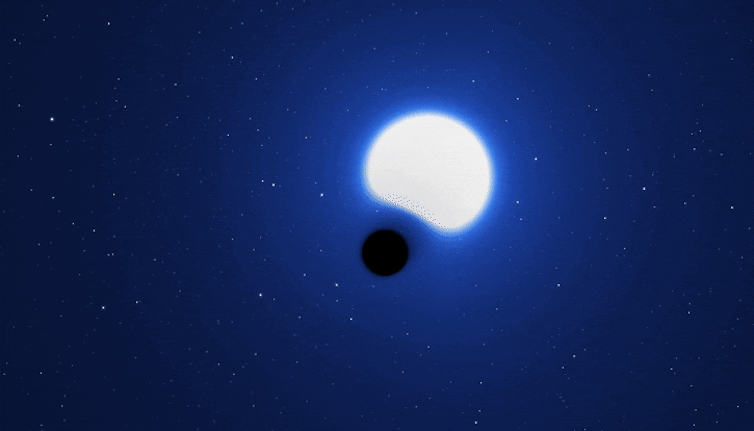
–
Why is VFTS 243 important?
Most black holes with a mass of less than 100 Suns are formed from the collapse of a massive star. When this happens, often there is a tremendous explosion known as a supernova.
The fact that the black hole in the VFTS 243 system is in a circular orbit with the star is strong evidence that there was no supernova explosion, which otherwise might have kicked the black hole out of the system – or at the very least disrupted the orbit. Instead, it appears that the progenitor star collapsed directly to form the black hole sans explosion.
The massive star in the VFTS 243 system will live for only another 5 million years – a blink of an eye in astronomical timescales. The death of the star should result in the formation of another black hole, transforming the VFTS 243 system into a black hole binary.
To date, astronomers have detected nearly 100 events where binary black holes merge and produced ripples in space-time. But how these binary black hole systems form is still unknown, which is why VFTS 243 and similar yet-to-be-discovered systems are so vital to future research. Perhaps nature has a sense of humor – for black holes are the darkest objects in existence and emit no light, yet they illuminate our fundamental understanding of the universe.
–
–
–
Author Disclosure Statement
Idan Ginsburg does not work for, consult, own shares in or receive funding from any company or organization that would benefit from this article, and has disclosed no relevant affiliations beyond his academic appointment.
Partners
Georgia State University provides funding as a founding partner of The Conversation US.
Republish our articles for free, online or in print, under a Creative Commons license. –
We need your help
The Conversation is a nonprofit organization working for the public good through fact- and research-based journalism. Nearly half of our budget comes from the support of universities, and higher education budgets are under unprecedented strain. Your gift can help us keep doing our important work and reach more people. Thank you.
Beth Daley
Editor and General Manager
–
Want to write?
Write an article and join a growing community of more than 150,000 academics and researchers from 4,436 institutions.










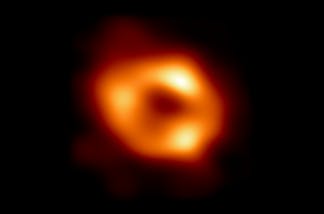

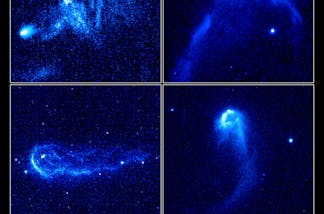
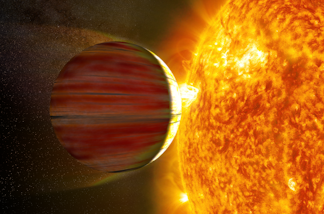
–